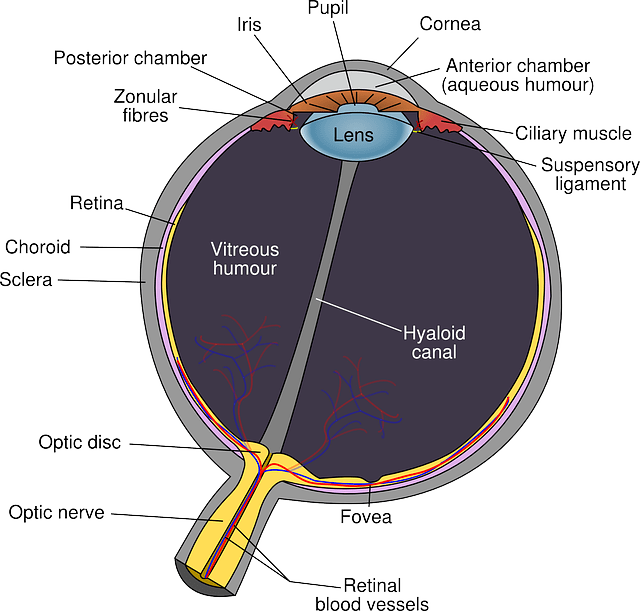Table Of Contents
Brain Anatomy
| Parts/Location | Function | |
| Cerebrum | (front of brain) composed of the right and left hemispheres joined by the corpus callosum | initiation of movement, coordination of movement, temperature, touch, vision, hearing, judgment, reasoning, problem solving, emotions, and learning |
| Brainstem | (middle of brain) includes the midbrain, the pons, and the medulla | movement of the eyes and mouth, relaying sensory messages (such as hot, pain, and loud), respirations, consciousness, cardiac function, involuntary muscle movements, sneezing, coughing, vomiting, and swallowing |
| Cerebellum | (back of brain) | to coordinate voluntary muscle movements and to maintain posture, balance, and equilibrium |
| Pons | (in the brainstem) | contains many of the control areas for eye and face movements |
| Medulla | (lower part of the brainstem) | contains important control centers for the heart and lungs |
| Spinal cord | large bundle of nerve fibers located in the back that extends from the base of the brain to the lower back | carries messages to and from the brain and the rest of the body |
| Frontal lobe | largest section of the brain located in the front of the head | – involved in personality characteristics and movement – Recognition of smell |
| Parietal lobe | middle part of the brain | – helps a person to identify objects and understand spatial relationships (where one’s body is compared to objects around the person). – – also involved in interpreting pain and touch in the body. |
| Occipital lobe | back part of the brain | involved with vision |
| Temporal lobe | sides of the brain | involved in short-term memory, speech, musical rhythm, and some degree of smell recognition |
| Thalamus | major relay station between the senses and the cortex (the outer layer of the brain consisting of the parietal, occipital, frontal and temporal lobes) | |
| Limbic System | A group of interconnected structures that mediate emotions, learning and memory | |
| Amygdala | Limbic structure | involved in many brain functions, including emotion, learning and memory. It is part of a system that processes “reflexive” emotions like fear and anxiety |
| Cingulate Gyrus | Plays a role in processing conscious emotional experience | |
| Fornix | An arch-like structure that connects the hippocampus to other parts of the limbic system | |
| Parahippocampal Gyrus | important connecting pathway of the limbic system | |
| Hippocampus | Plays a significant role in the formation of long-term memories |

